A research team from ETH Zurich has made a breakthrough in indoor mapping using a swarm of miniature drones. This development, which doesn’t rely on external systems, pushes the boundaries of what’s possible with small-scale Drone Technology.
The Crazyflie Platform: A Modular Powerhouse
The team used the Crazyflie platform, known for its stackable PCB “decks” that expand capabilities. They added a Flow deck for altitude control and motion tracking, along with a Loco positioning deck with UWB module for relative distance measurement.
On top of this, they incorporated two custom decks: one with four VL53L5CX 8×8 pixel TOF sensors for omnidirectional LiDAR scanning, and another for processing, featuring a GAP9 System-on-Chip with 10 RISC-V cores running on just 200 mW.
Software: The Secret Sauce
The real innovation lies in the software. The team developed a lightweight collaborative Simultaneous Localization And Mapping (SLAM) algorithm that can be distributed across the drone swarm. This algorithm combines LIDAR scan data with estimated drone positions, overlays data from different drones, and compensates for odometry errors. They also implemented inter-Drone Collision avoidance, packet collision avoidance, and path optimization.

Pushing the Limits of Tiny Drones
This project overcomes long-standing limitations in miniature drone capabilities.
As the researchers note, “the weight and size of sensors and the required processing power have long been a limiting factor.”
By successfully demonstrating indoor mapping with such small drones, they’ve opened up new possibilities for applications in tight or hazardous spaces.

DroneXL’s Take
This breakthrough in tiny drone swarm technology could have far-reaching implications for drone inspections. We’ve seen increasing use of drones for inspecting confined spaces like tanks, pipelines, and building interiors. This new capability to operate collaboratively in swarms without external positioning systems could dramatically improve the efficiency and accuracy of such inspections. It’s another example of how drone technology continues to evolve, offering new solutions for complex problems.
What do you think about the potential applications of this tiny drone swarm technology? Share your thoughts in the comments below!
Discover more from DroneXL.co
Subscribe to get the latest posts sent to your email.
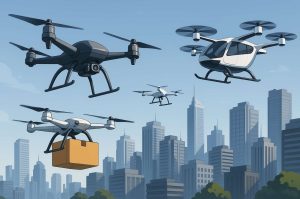
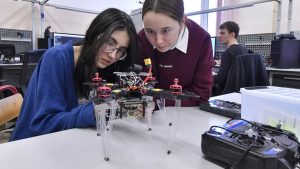
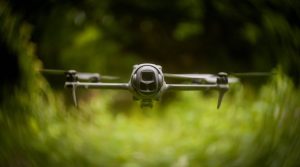

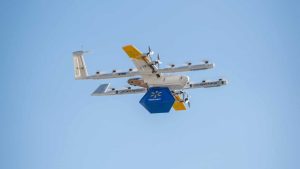
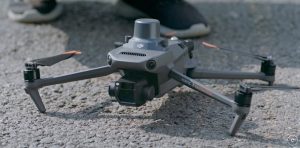

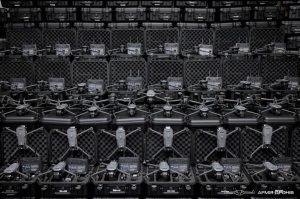
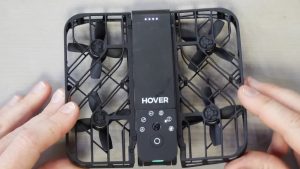
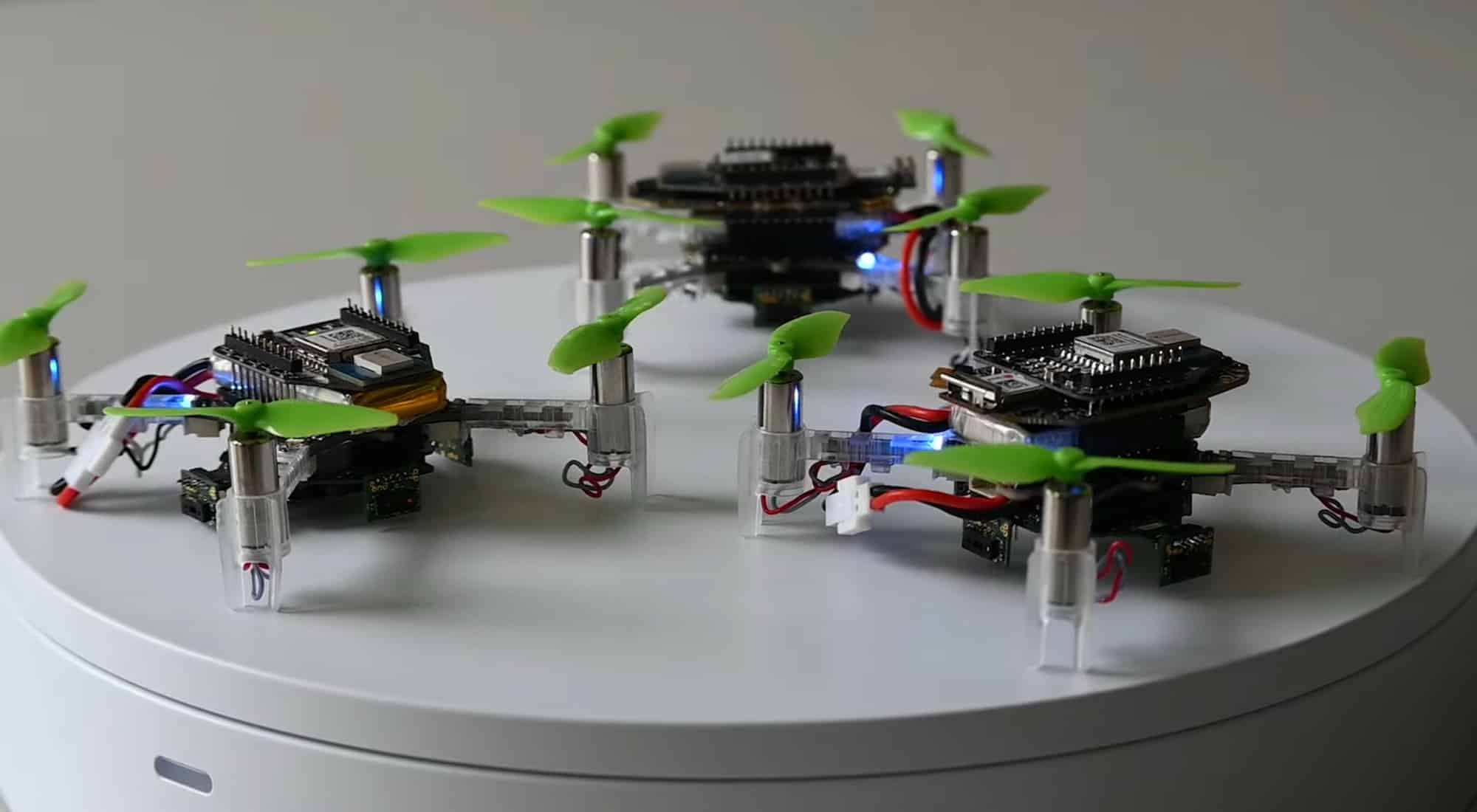


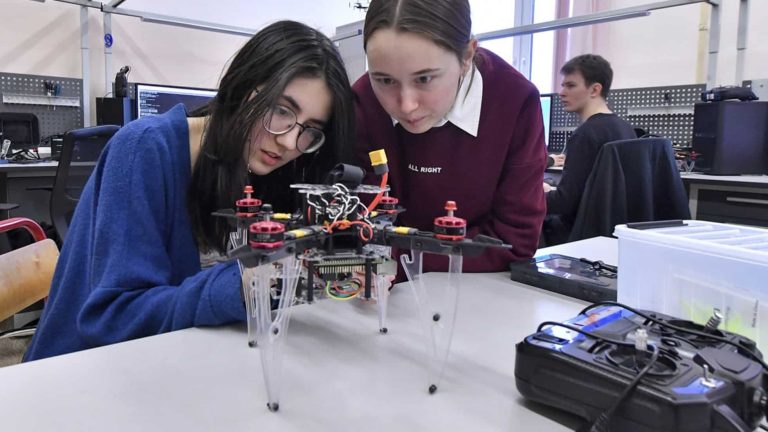
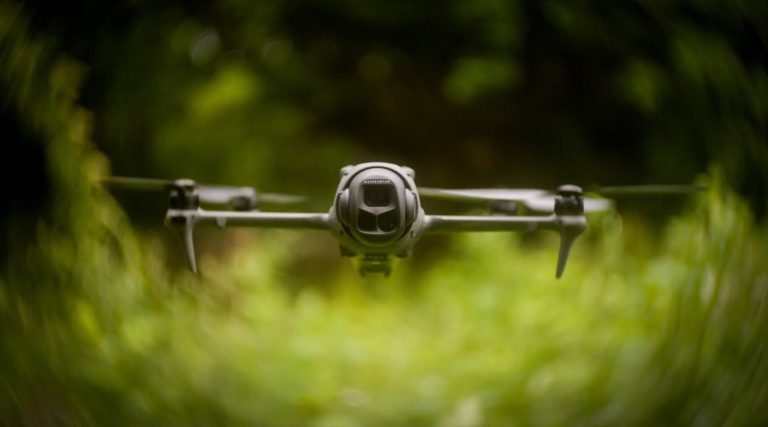
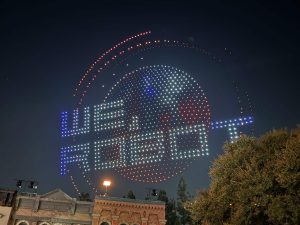


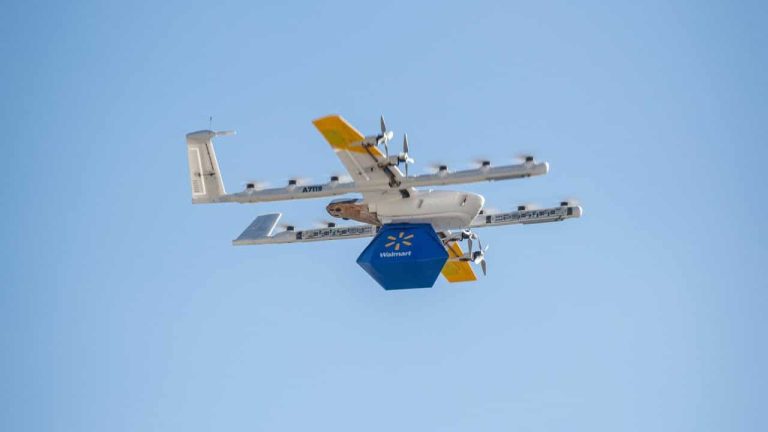
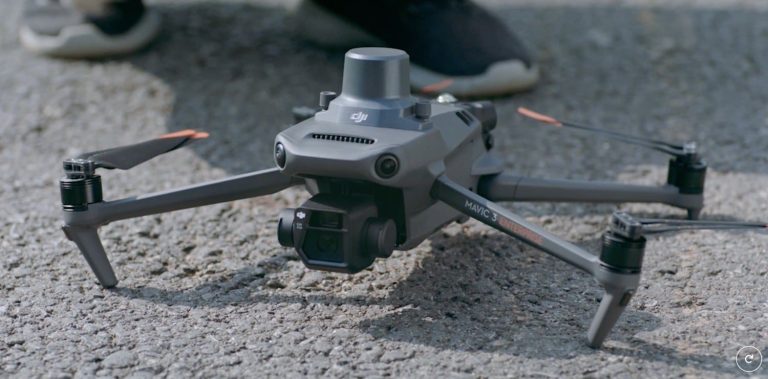

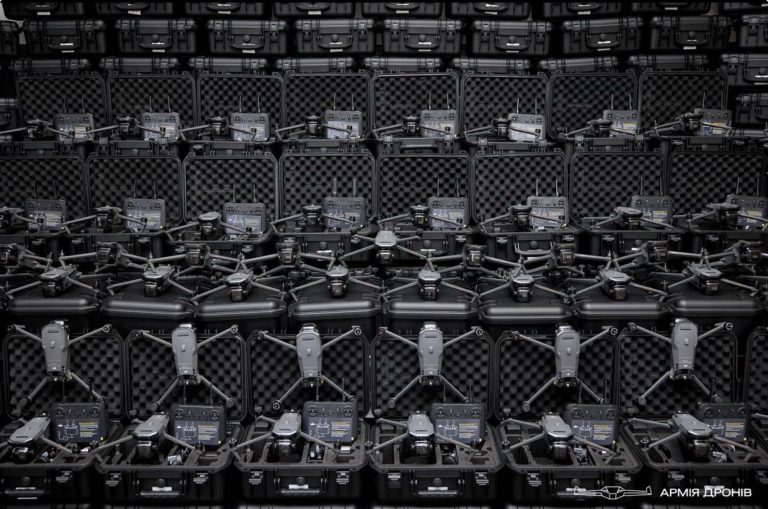
+ There are no comments
Add yours